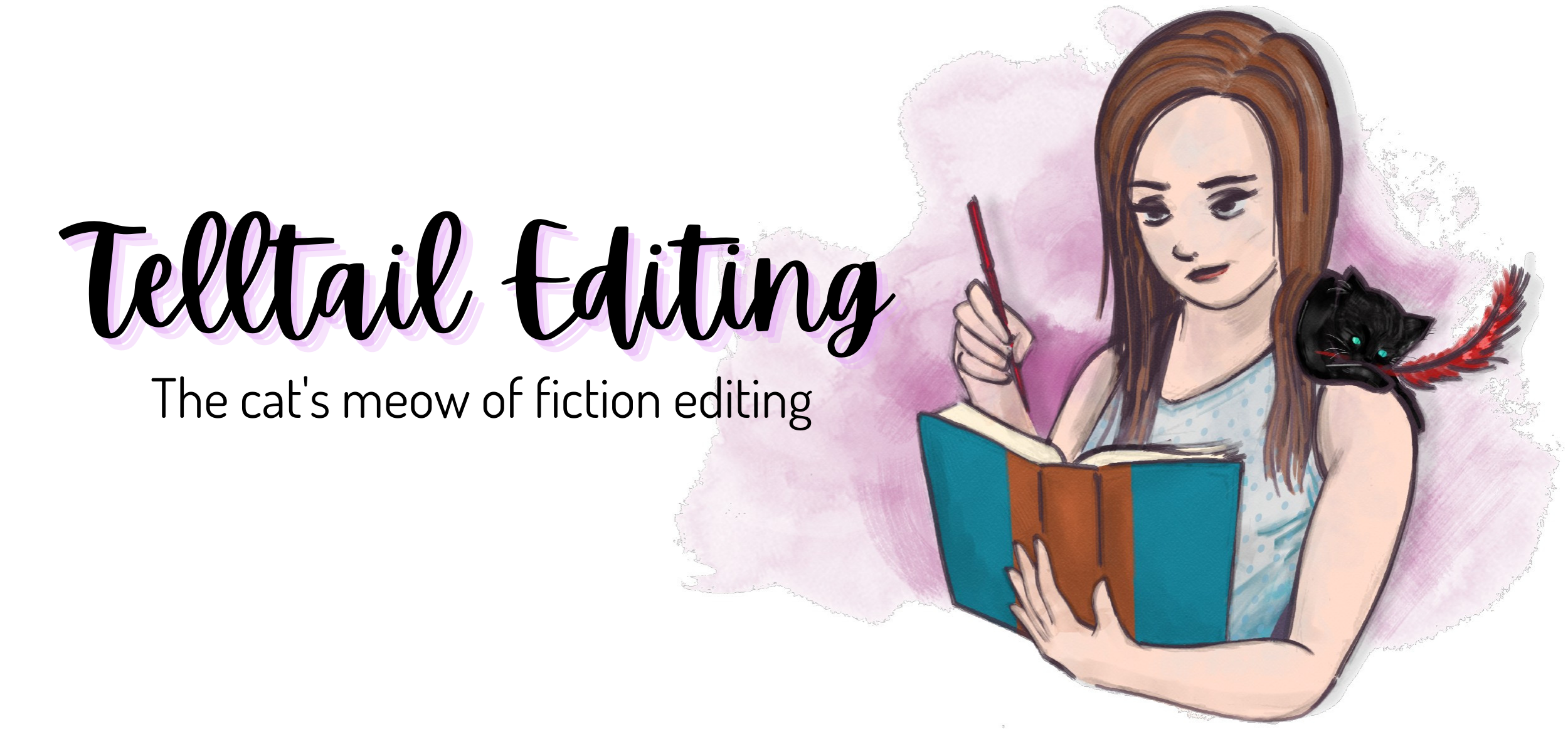
I’m sure your first question was, what the heck is an interrobang? You know what it is, have probably even used it before. I didn’t learn the name for it until months ago, and now it fascinates me for some strange reason.
The interrobang is commonly represented by the exclamation mark and question mark combo: ?!. It functions to ask a question in an excited or exclamatory manner to convey disbelief, outrage, humor, etc. Such as:
You’re having a baby?!
Why are you going outside when it’s storming?!
Are you kidding me?!
Let’s get into a brief history of it before I give my opinion of it. Background time. The interrobang dates back to 1962 when Martin K. Speckter, journalist turned president of an advertisement company, wanted a punctuation mark that expressed excitement and disbelief. Since the dot under both lined up perfectly, he saw no need to create a whole new punctuation mark, so he merged the two (as in the picture above), and thus the interrobang was created. Interro comes from interrogate, and bang is printer jargon for the exclamation point. Clever!
I guess necessity is really the mother of invention, huh?
In 1968, the interrobang was added to some Remington typewriters, and in 1970, interrobang keys were available to some Smith-Corona typewriters. In addition, papers such as The Wall Street Journal reported on its usage, it appeared in some dictionaries, and it was largely used in vogue during the 60s.
Yes, the interrobang garnered from attention for a short bit, but sadly, it largely flopped in securing a foothold as a serious punctuation mark. I’d wager most people don’t even know it has an official name, though it’s popular now in text messages, social media, online—in other words, informal avenues of communication.
Who knows why the interrobang never took off. Perhaps it’s due to the nature of language itself, always shift and changing, something fluid. Maybe it’ll eventually make a comeback and be taken seriously.
My opinion? I don’t like the interrobang in professional writing, including manuscripts (with the exception being text messages/letters/etc. inside the manuscript). I think it looks unprofessional, amateurish, sloppy. I tell my authors it’s a stylistic choice that is ultimately theirs to make, but I advise against using it in prose.
Some listen, some don’t, and that’s okay. Not everyone has to agree. If you rock the interrobang, keep rocking it! It needs some love, too.
Speckter said the interrobang gave “nuance and clarity” to rhetorical questions. I clearly disagree with his assessment. DO you agree with Speckter’s opinion? What do you guys think about the interrobang? Do you use it?
Leave your comments below, and check back next Wednesday for our next blog post!


Trackbacks/Pingbacks